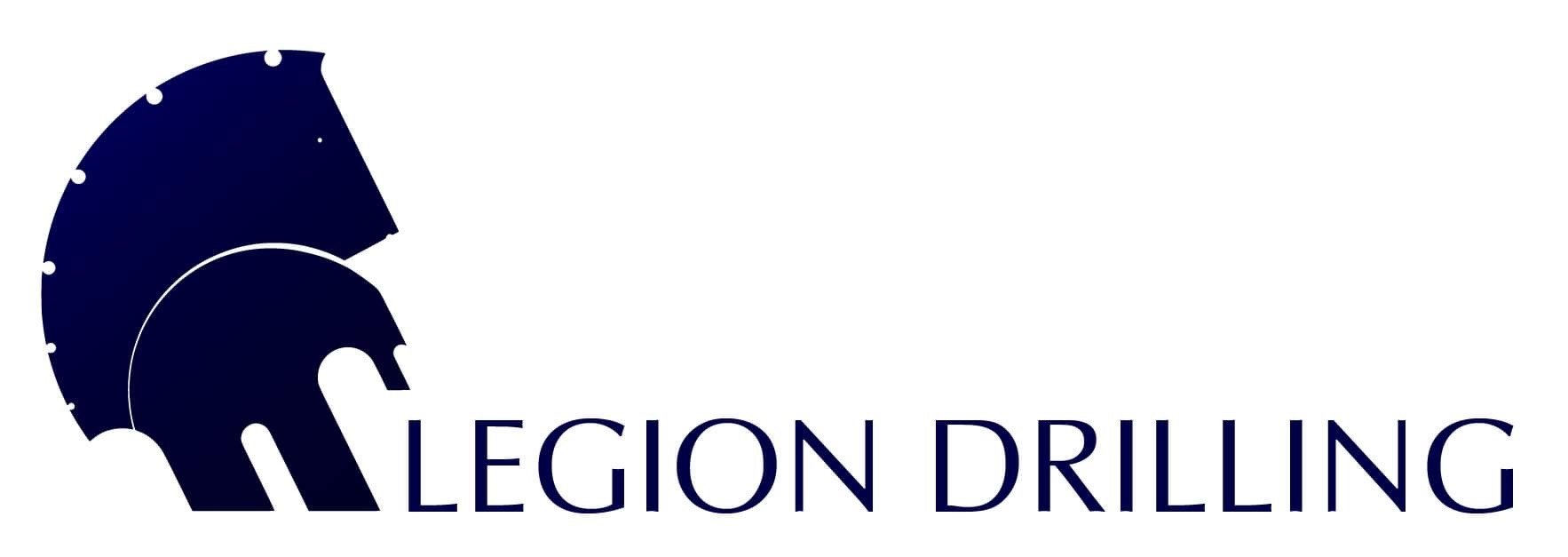Book Release - "Advances in the Characterisation and Remediation of Sites Contaminated with Petroleum Hydrocarbons"
contributions from 50+ global experts in the assessment and remediation of petroleum and LNAPL contaminated sites
It took some blood, sweat and tears, but Legion Drilling’s own Jonas Garcia-Rincon is thrilled to announce the publication of his book 'Advances in the Characterisation and Remediation of Sites Contaminated with Petroleum Hydrocarbons' through Springer-Nature Group, a book that will be an indispensable reference for contaminated land practitioners working on the investigation and in-situ remediation of LNAPL-contaminated sites.
Contaminated Land Investigation, High Resolution Site Characterization, In-Situ Remediation, LNAPL Conceptual Site Model, Petroleum Hydrocarbons
As a company, Legion Drilling are thrilled to see such an achievement from one of our own. Whilst completing this publication in his spare time, Jonas has been busy on site conducing contaminated land investigations with the Membrane Interface Probe (MIP), Hydraulic Profiling Tool (HPT) and Ultra Violet Optical Screening Tool (UVOST). The scope of his role additionally includes the operation of Cone Penetration Testing (CPT), Direct-Push Seismic Testing, Shear Vane Testing and Flat Dilatometer Tests (DMT) for geotechnical and tailings investigations.
The publication has contributions from 50+ global experts from industry and academia. The objective was to give visibility to recent developments in the investigation and management of petroleum-impacted sites, as well as concepts and technologies that have been around us for a while but still seem underutilised internationally. The book highlights the paramount role played by aspects like LNAPL multiphase mechanics, biodegradation phenomena or the spatial heterogeneity and temporal variability encountered in soil and groundwater systems.
One book can't cover everything, but we hope you all enjoy reading about investigation methods that go from sequence stratigraphy and High-Resolution Site Characterisation (HRSC) to bio-geophysics, MBTs and CSIA. In terms of site management strategies, there are chapters on vapour intrusion, LNAPL transmissivity and recoverability, monitored Natural Source Zone Depletion (NSZD), bioremediation, In-Situ Chemical Oxidation (ISCO), foams, activated carbon injection, and low-temperature thermal methods.
The publication was released with an open access licence, so it's totally free! 😊

